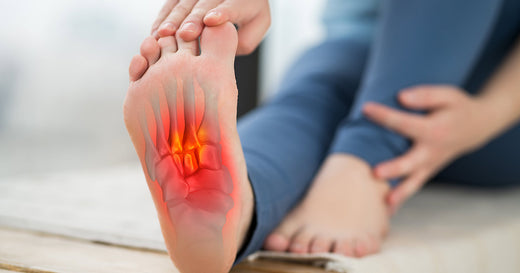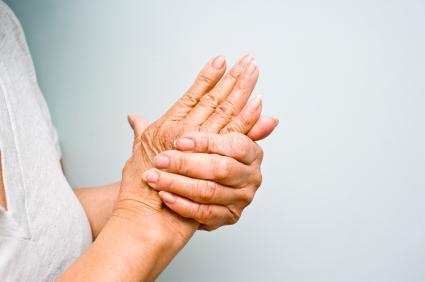The Body’s Interconnective Chain
The body is an amazing network of highly interconnected parts. This is especially evident when it comes to performance and pain. When everything is in balance your interconnective chain of muscles, ligaments, and tendons all work together to allow for painless, almost effortless movement. Until a link of that chain is weakened or injured and you need injury treatment. Browse for information on how to help ease your pain and strengthen your body's interconnective chain.
Find Your Pain:

Plantar Fasciitis Exercises

Lower Leg Pain Exercises

Exercises For Lower Back Pain Relief

Osgood Schlatter Disease Exercises

Achilles Tendonitis Exercises

Upper Arm Pain Exercises

Hip Pain Stretching Exercises

Shoulder Stretching

Wrist Tendonitis Exercises
The Body's Interconnective Chain
It's All Connected
The muscles, tendons, ligaments, and joints in your body act as links in an interconnective chain, working together to allow you to accomplish basic motions like sitting, walking, and running. If any one of these links is injured or not functioning properly the entire chain suffers.
These injuries and imbalances occur when muscle strength and functioning along the interconnective chain is not equally efficient. This imbalance modifies body movement, putting strain on muscles, tendons, ligaments and joints. The end result is often lower back pain.
Foot and Heel Pain
- Often the first breakdown an individual realizes in their lower leg “chain” is heel pain.
- It may feel as though it has happened suddenly but in fact it usually develops gradually, taking its toll on the interconnective chain long before it is noticed.
Shin Splints
- A common breakdown often occurring in athletes and sports enthusiasts the pain of shin splints often causes the sufferer to change the way they walk or run which is one of the quickest ways to cause an imbalance throughout the interconnective chain.
Ankle Pain
- Ankle sprains happen when the foot twists, rolls or turns beyond the norm. This causes the ligaments to stretch beyond their normal range in an abnormal position and if the force is too great, you may even tear the ligaments. While a sprained ankle may seem like a minor injury, there are often residual effects, such as localized weakness, and loss of balance that increase the risk of future injury.
Back Pain & Flexibility
- An exercise program that strengthens weak muscles and stretches the tight muscles in your body’s core which assists in retraining the neuromuscular system to perform more efficiently and to prevent these common injuries.





